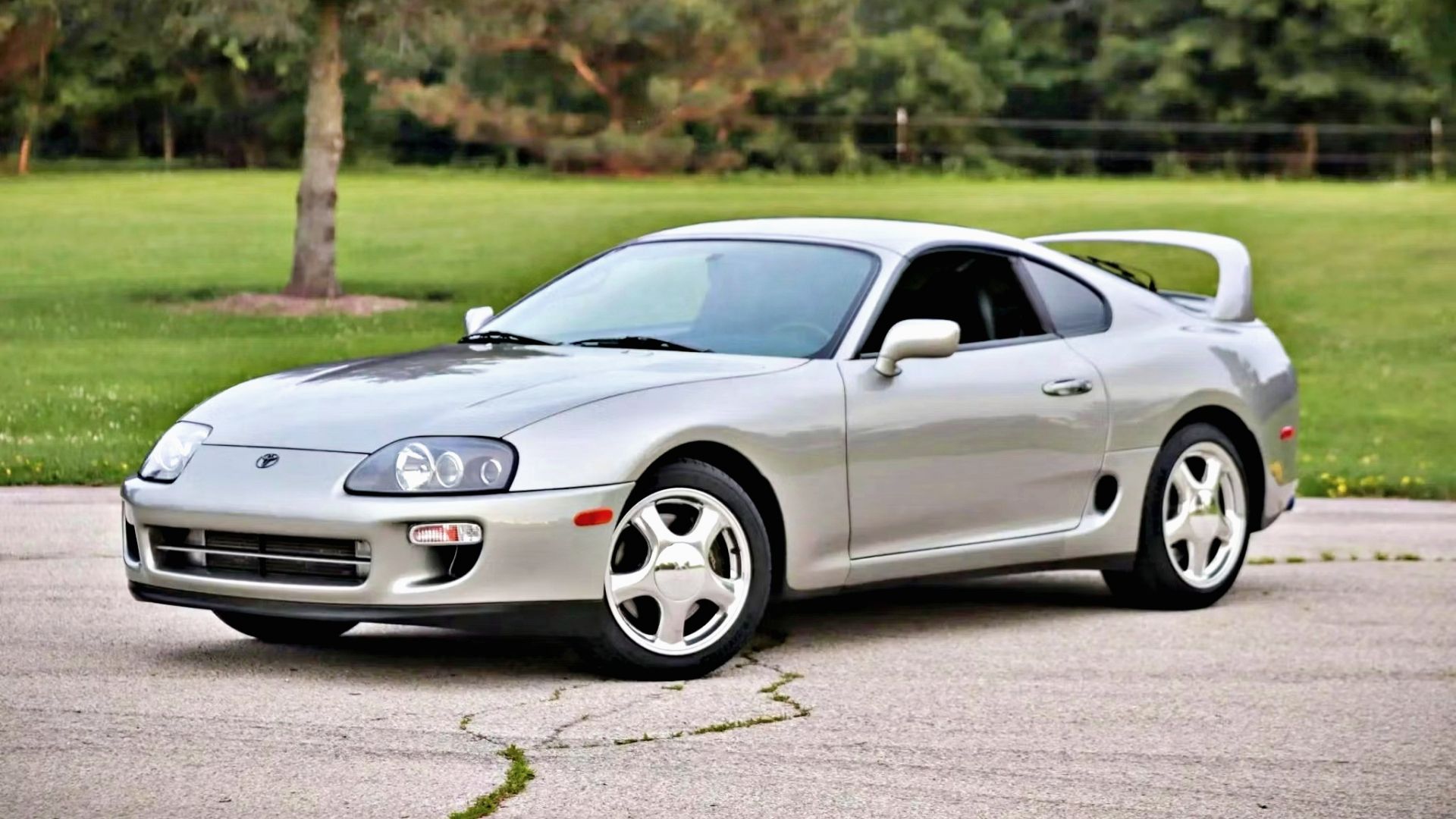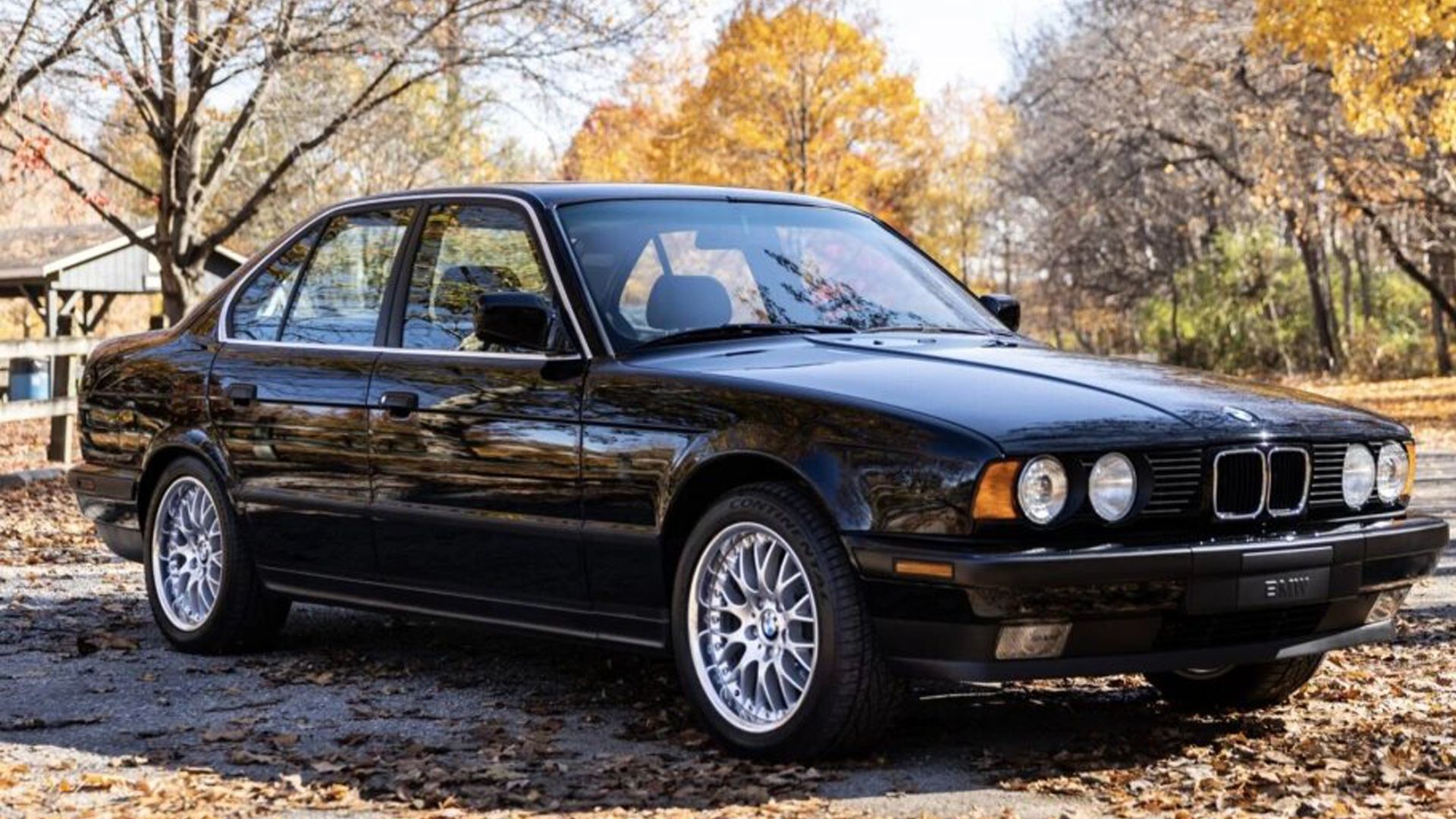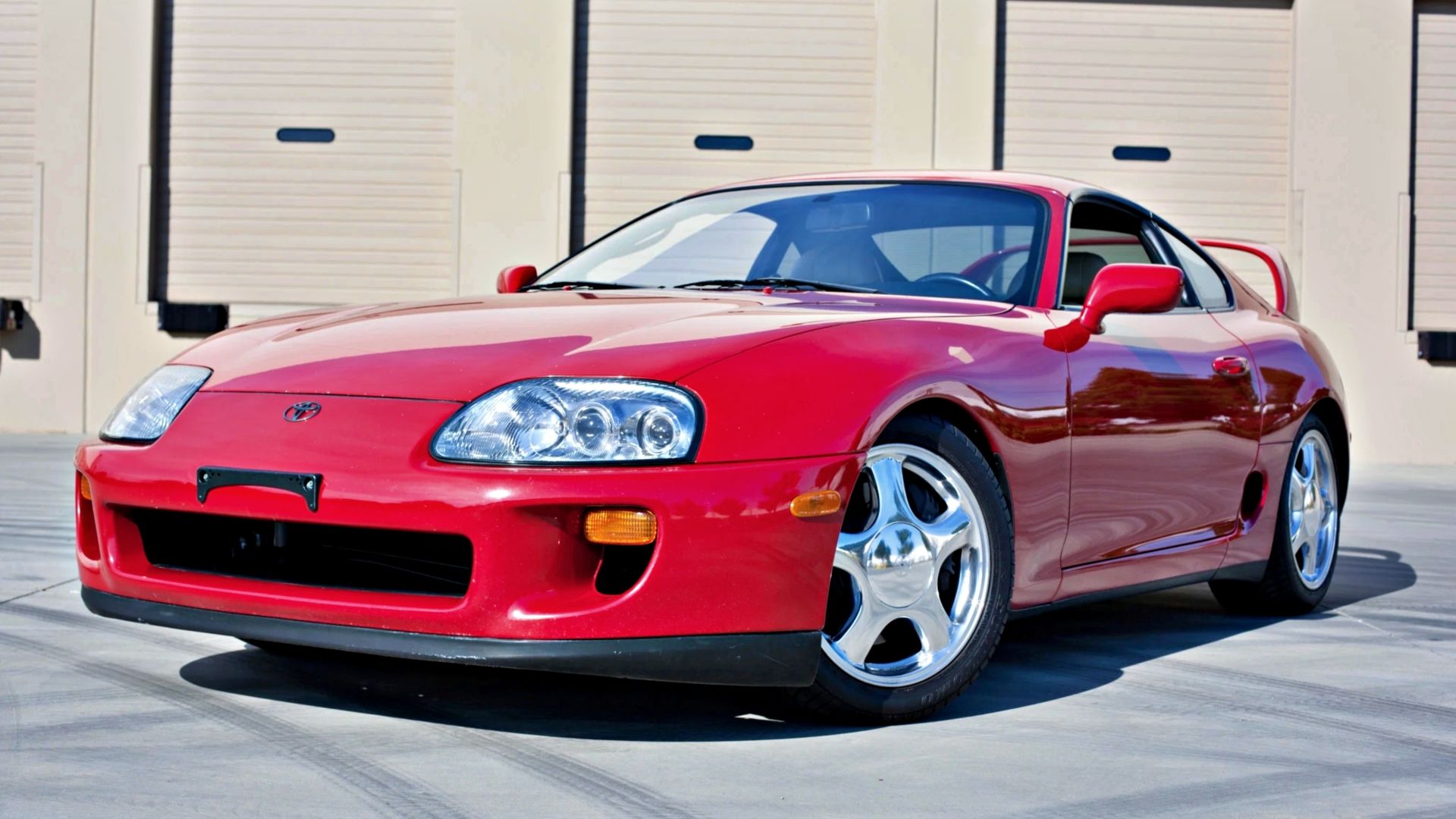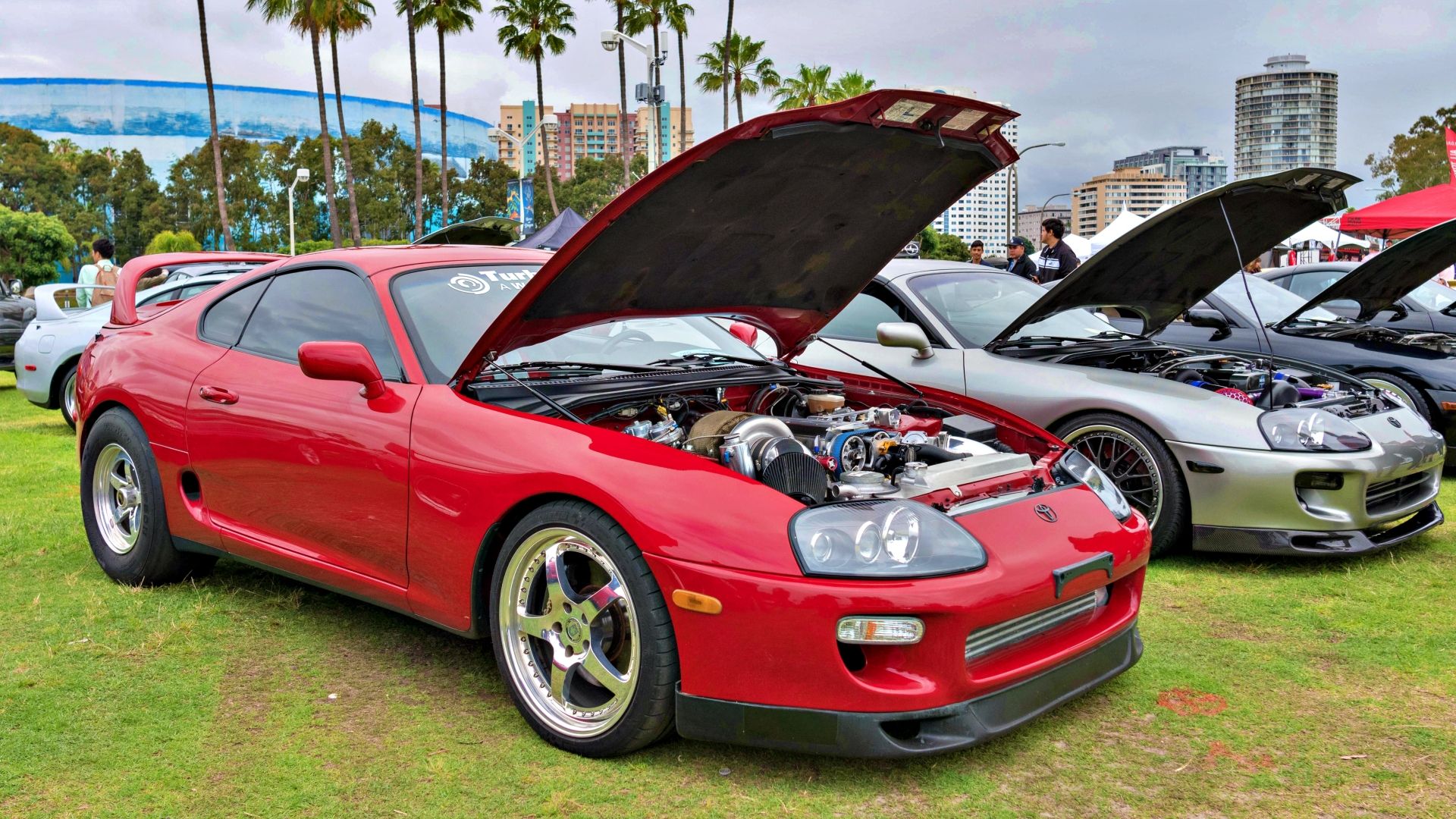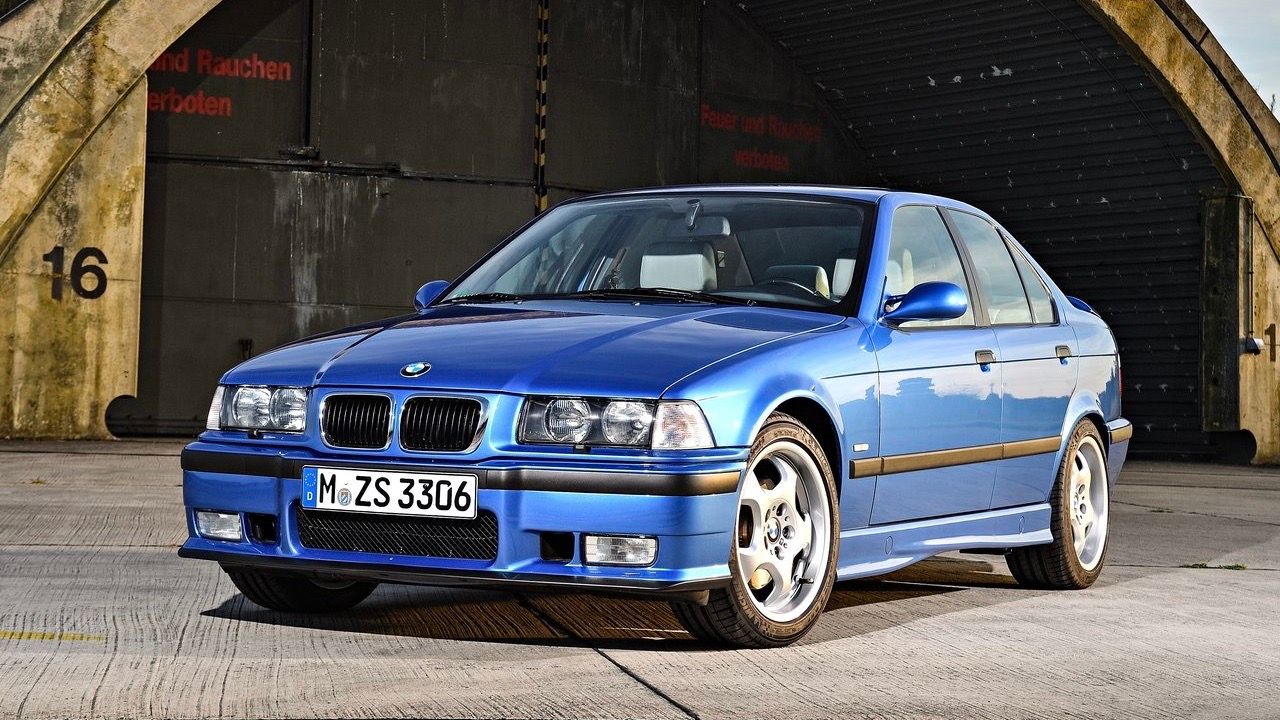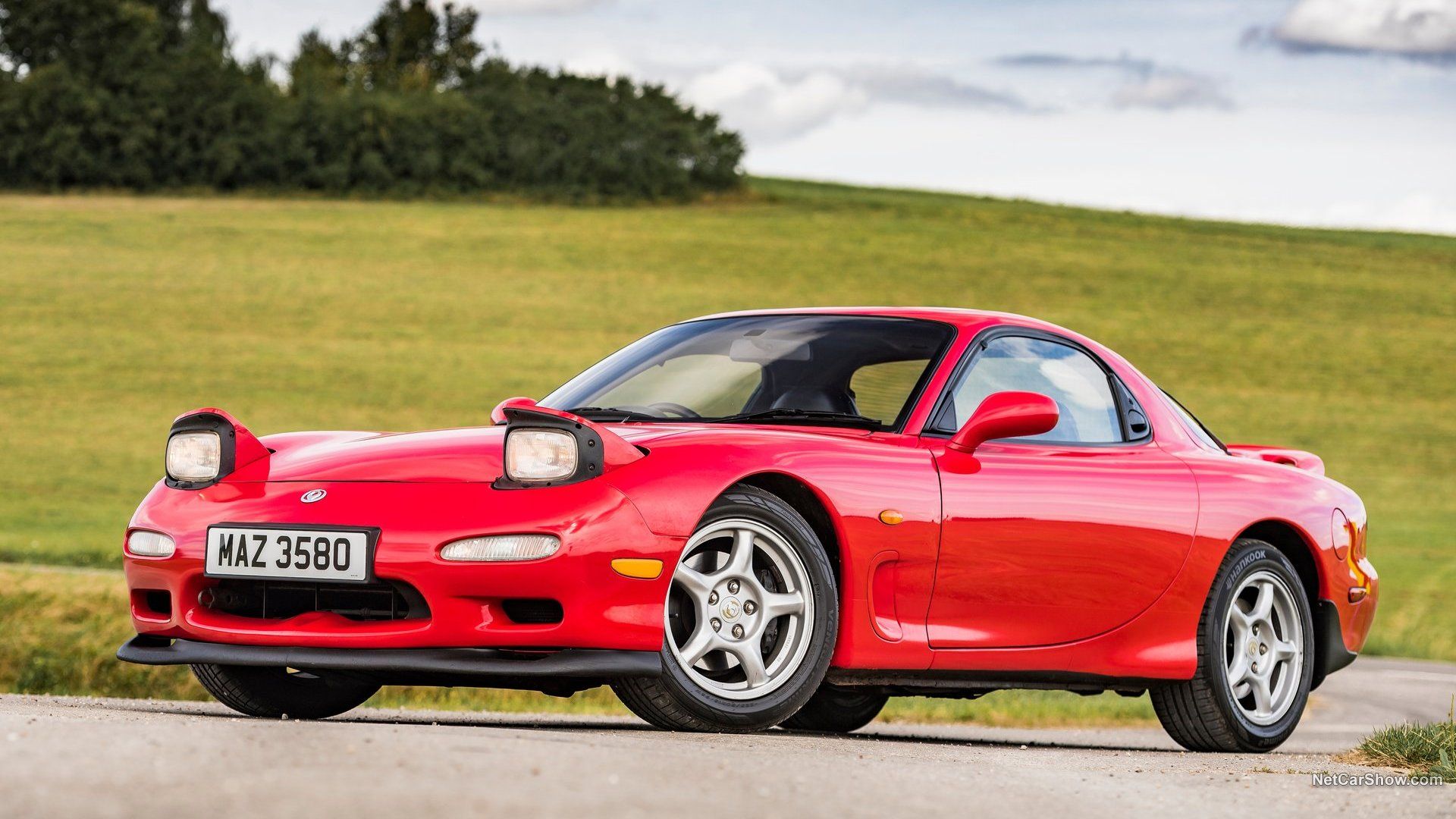Many car guys would argue that the 1990s were the pinnacle of vehicles. The golden decade has given the world some of the most loved and cherished vehicles ever. Vehicles that in many cases, can still compete with modern cars.
In fact, these cars are so good that many owners still use them as daily drivers and refuse to move on to a newer vehicle. But have you ever asked the “why” question? Why has the decade of the 1990s given us such amazing machines? Well, there are many answers to this question and this article will go over them.
1990s Vehicles Strike The Perfect Balance Between New And Old
Old cars are nostalgic, romantic, and incredibly cool. There is something seductive in watching a thin-pillared coupe full of square and sharp lines roll down the road. It screams unique. In a road filled with daytime running lights and 20-inch wheels a car from the 1990s just stands out. Having said that, a car from the 1970s or even the 1980s would also stand out. So, why aren’t those seen on the road as often?
As opposed to modern cars, things were relatively simple back then. The 1990s were a period when automotive manufacturers had good budgets but had also found a way to make refined, reliable, and fun vehicles. Arguably, the 1990s represented the pinnacle of automobiles as they strike the perfect balance between comfort, technology, and capability. Not too much not too little.
The Toyota Land Cruiser Is A Perfect Example Of The Above
To illustrate the above, let’s use the Toyota Land Cruiser as an example. In the 1980s, the new Land Cruiser was the 60 series. The 60 series had a relatively comfortable interior but utilized leaf springs and underpowered engines. This meant its ride quality was compromised (due to the stiff leaf springs) and its power figures, although good for the 80s, aren’t adequate for modern roads.
Now, as soon as the 60 ended production, the world received the 80 series. The 80 series is one of the best 4x4s ever made and is loved and even used as a daily to this date. The difference between the 60 and 80 and then the 100 is a perfect example of the “not too little and not too much” point mentioned above.
The 80 series kept the tough and very capable solid axles but used a coil system instead of the leaf springs. This meant it was more capable than its predecessor for being tough but also comfortable. Furthermore, the newer engines made it far more drivable. A diesel-powered 80 can easily be used on modern roads. Furthermore, with some modifications, these are vehicles that can produce upwards of 200 horsepower from a diesel engine.
As you can see, the 80 was a drastic improvement over the 60 and didn’t make any compromises. However, the 100 series (the vehicle that came after the 80) started the “too much” trend. In order to become more comfortable, it ditched the front solid axle for independent suspension.
It grew larger and heavier and more road-oriented; therefore, less durable and capable. From there on the Land Cruiser nameplate became less and less desirable. The 80, still offers a comfortable driving experience that is also extremely capable, and this is the case for many vehicles of the 1990s.
1990s Vehicles Are Extremely Reliable And Tuneable
The reliability point also ties in with the “not too much not too little” attribute of 90s cars. Vehicles of that decade were both refined and relatively simple, which meant they were extremely reliable. Engines like the Toyota 3.4 liter V-6 (found in the third generation 4Runner and many more) are known to last well over 200,000 miles while also being relatively powerful.
In contrast, engines from the 1970s and 1980s might have also been simple but they weren’t as refined. This meant that they tend to have problems or simply, they aren’t powerful enough to be used today. Once again, the engine of the 90s wasn’t powerful to the point where it was stressed and over-complicated but wasn’t simple enough to the point that deems it undrivable by today’s standards. It was a perfect balance.
Furthermore, let’s not forget the tunability of 1990s vehicles. Engine computers had started to become common and the same can be said for turbos. This led to legendary engines like the 2JZ which could produce double their factory horsepower with relative ease. Modern-day engines might also have turbos however, their smaller displacement, in most cases, doesn’t allow for crazy power upgrades like the ones we saw in the 1990s.
1990s Cars Age Incredibly Well
Modern infotainment systems are great to have; however, they present some issues. Once modern cars start to gather some age, new advancements in technology found in other vehicles make the older ones feel extremely dated. Furthermore, infotainment screens can get a bit slow and laggy when they gather up some age.
This, of course, isn’t an issue for cars of the 90s since they didn’t have infotainment screens in the first place. Their simple dashboards meant that their systems function well even to this day. Furthermore, if one needs more modern technology in their interior, old systems can easily be removed and replaced with much more modern infotainment units.
Also, let’s not forget that cars of the 90s tend to have timeless designs. They didn’t really follow trends which makes them much more unique. Modern cars seem to age badly because their design language follows what is hot at the moment.
Cars Of The 1990s Are Analogue But Modern
Old cars are far more analog than new ones. The driver is in charge of every gear change, brake input, and even traction – no clever gismos to keep you on the road here. Get it wrong and you will be having a rendezvous with the ditch.
This might seem like hard work, but isn’t that the point of a driver’s car? When you work for it, the rewards are much more exciting. The feeling you get from being completely in charge is much more thrilling.
That being said, cars prior to the 1990s, were also analog, so why are the latter better? Well, once again, cars of the 1990s found the perfect balance. They weren’t analog to the point where they were uncomfortable. Plus, they had the power advantage that enabled owners to get the most out of the analog driving experience.
The Only Downside Of 1990s Cars Is Safety
The only significant disadvantage of using an old car is safety. Everything can be modernized and upgraded on an old vehicle. That is everything except safety. Sure, a roll cage can be added to an older roadster. However, there is no real way to increase the strength of the structure in an old car without compromising the way looks or the space it offers. New cars come standard with airbags at every corner, effective crumple zones, and even systems that will help you avoid a crash in the first place.
Of course, some old cars are safer than others and those tend to be German vehicles. Cars from companies like BMW or Mercedes were already starting to become safe but aren’t as safe as the newer models.

